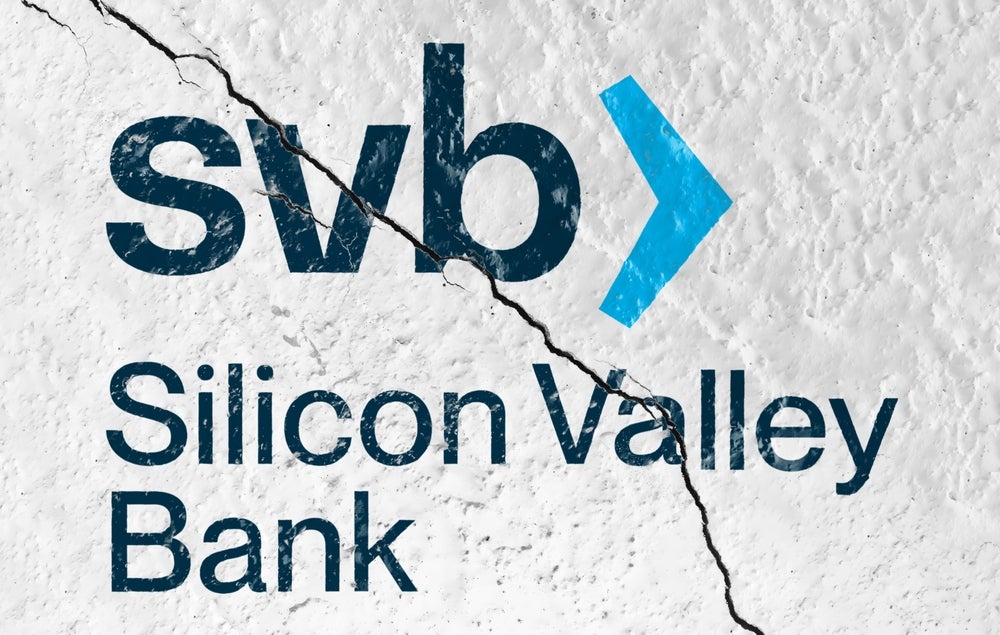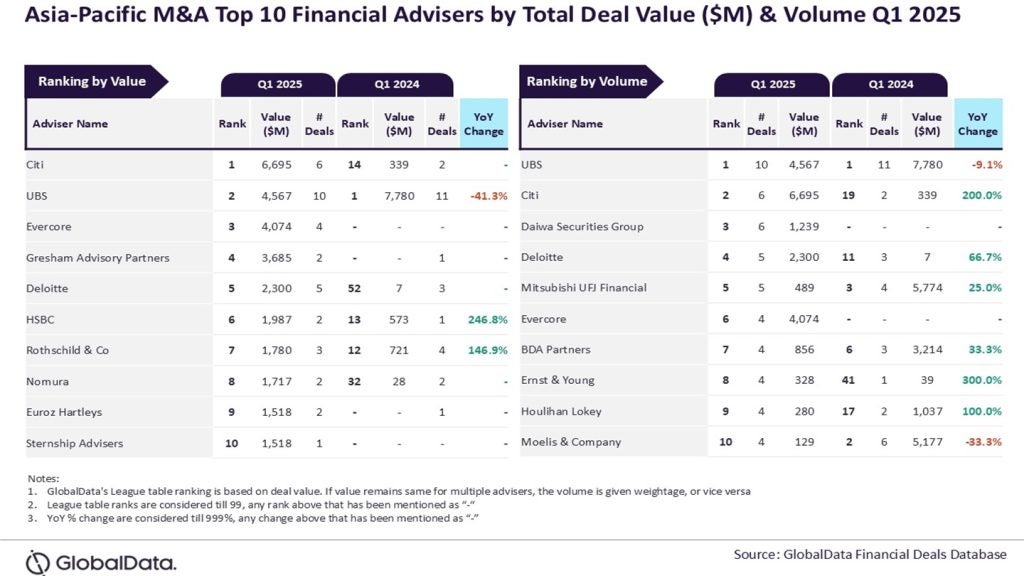
10 March 2024 marks one year on from the collapse of Silicon Valley Bank (SVB). It came just two days after the failure of Silvergate. The SVB collapse marked the second largest bank failure in US history after Washington Mutual disintegrated in 2008. We did not have long to wait for the third-largest. On the same day, Signature Bank customers withdrew more than $10bn billion in deposits. The bank-run quickly led to the third-largest bank failure in US history.
Silvergate, SVB and Signature collapse within 4 days in March 2023
Regulators announced on 12 March that Signature was being taken over to protect its depositors and the stability of the US banking system. In Europe, Credit Suisse failed soon after, to give the 2023 banking crisis an international dimension.
The Q1 2023 US banking crisis mercifully proved to be short-lived. But the bank closures resulted in businesses – particularly start-up and tech firms – moving their deposits to specialist banks. And it raised questions about the ability of banks to risk manage social media driven bank runs.
ClearBank deposits jump 20%
Emma Hagan, Chief Risk and Compliance Officer at ClearBank (and soon to be UK CEO) tells RBI that at the time of the collapse, ClearBank saw a 20% spike in deposit in-flows, with deposits jumping from £3bn to £3.7bn.
She says that one of the key drivers of this jump in deposits was businesses looking to better safeguard funds.
Most banks use their deposits to fuel lending or to put them to work to drive profits and returns for shareholders. Unlike traditional institutions, infrastructure banks like ClearBank don’t offer loans. Sterling deposits are held at the Bank of England ensuring that all depositors can access all of their funds, all of the time.
Another key driver, which has accelerated in the high interest rate environment over the last year is businesses seeking better returns than those offered so far from the mainstream banks which have been slow to pass on rate rises and deliver competitive deposit offerings.
While institutions and regulators have taken steps to address the failings that led to the sudden collapse of SVB, Hagan tells RBI that another high-profile bank collapse is inevitable.
SVB collapse: risk management, trust and security
“There have been a number of longstanding impacts following the collapse of SVB a year ago. They loosely fall into three broad categories: risk management, trust, and scrutiny.
There have been some shifts in risk management in banking, although perhaps not enough. Due to the palpable role it played in the collapse of SVB, there have been clear efforts to incorporate social media dynamics into liquidity planning.
“For example, the Bank of England has intensified its monitoring of social media platforms. However, while there’s been acknowledgement of the need for change, the full revamping of risk management protocols across the industry is yet to materialise and there is much work to do.”
She says that when it comes to trust, there’s certainly still a level of apprehension and concern among depositors, particularly when it comes to safeguarding post-SVB.
This has been further exacerbated by the regulatory issues surrounding Railsr and Solaris. The end result is that the legacy of the US bank failures last year touch impact other firms in financial services and fintech more broadly.
Regulatory pressure will only increase
Says Hagan: “In response to this erosion of trust, we’ve seen increased scrutiny from regulators around the safeguarding of deposits, and sustainable banking business models. This scrutiny is only set to intensify for both banks, payment companies and EMIs in the coming months.”
But have lessons been learned? She says that the market is moving at two different speeds. Traditional banks are struggling to change their approach to risk management due to their size and complexity. Meantime, the more specialised banks which have much greater agility are already incorporating key lessons learned.
“This disparity has become particularly clear when it comes to resilience to emerging risks such as social media-driven bank runs and AI as both a risk and opportunity, where challenger and infrastructure banks have taken advantage of their simpler and more adaptable models to understand how these will impact their business and identify any changes they need to make faster.”
Notable shift in risk appetite
Hagan also highlights a shift in what is driving deposit inflows, while there is also a notable change in risk appetite.
“The high interest rate environment that we’ve seen over the last year means that businesses have been more likely to switch banks to find the best rates. And the erosion of trust means that high standards of safeguarding funds and sustainable business models are also driving inflows, which has benefited specialist banks that don’t lend customer deposits. There remains a prevailing sense of caution, with ongoing concerns around the safeguarding of funds, sustainability of banking models and the need for more proactive measures to protect against emerging risks like social media driven bank runs.”
Looking ahead, Hagan concludes that it is indeed inevitable that this will happen again, given the inherent vulnerabilities within the banking sector and the rapid dissemination of information via social media platforms. She says that traditional banks, especially those who have been slow to adapt, may find themselves particularly at risk. But challenger and infrastructure banks have proactively implemented measures such as holding funds in central banks to enhance liquidity and future-proofing are better positioned to mitigate the impact of any unforeseen events.
“Saying that, we saw some close calls last year with a high-profile challenger bank – albeit an older one with a more traditional model – which hit a series of issues that threw its survival into doubt.”







